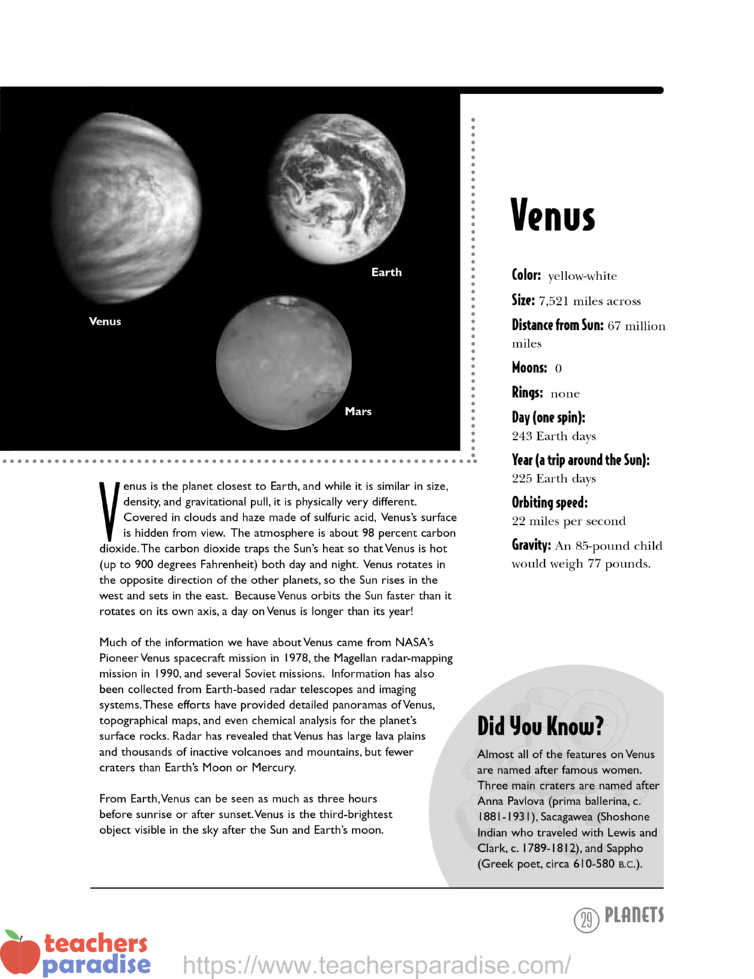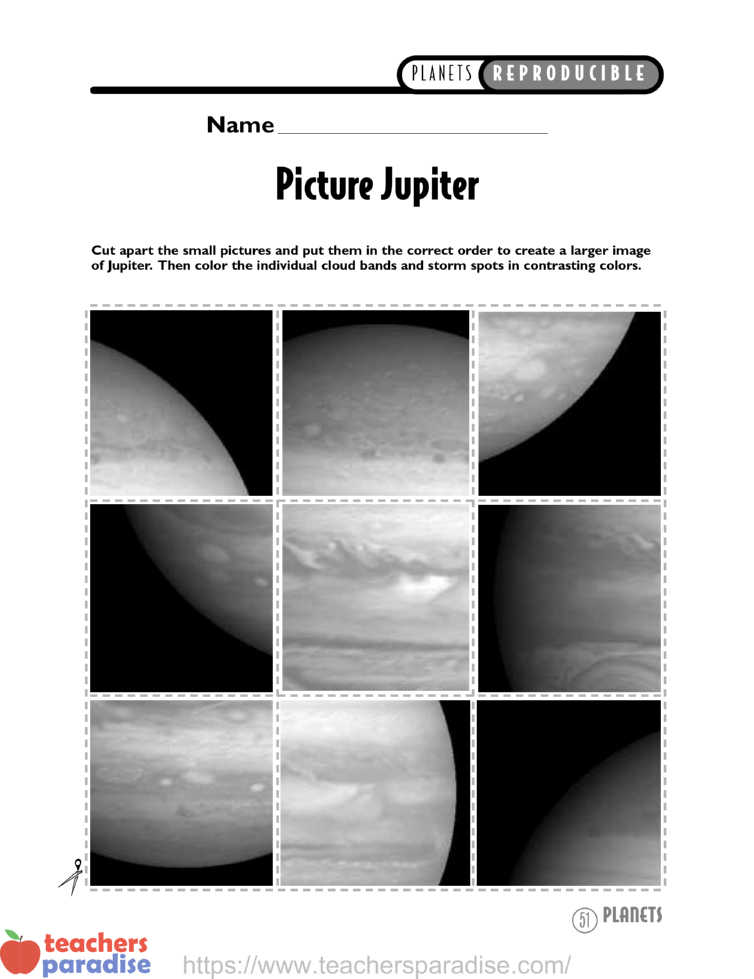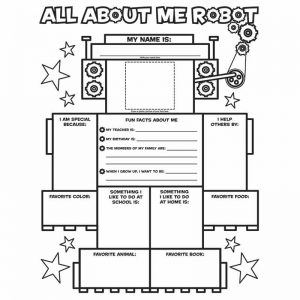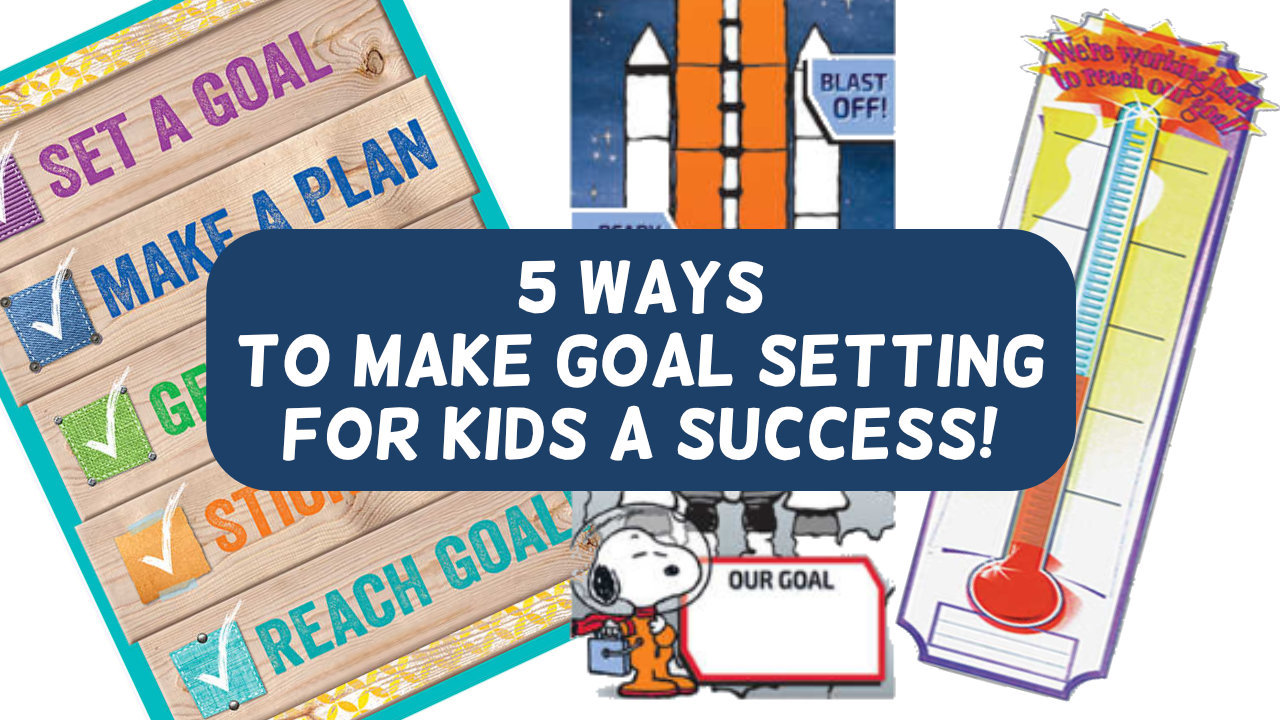Planets Worksheets & Activity Sheets
CHAPTER TWO THE ROCKY PLANETS
Background Information
The Rocky Planets – Mercury
Mercury, Venus, Earth, and Mars are commonly called the “rocky planets.” They are the four planets closest to the Sun and share a few features in common. All have a solid surface and a core made of heavy metals. All of these planets except Mercury have a significant atmosphere—a blanket of gases which surrounds them. None of these planets has rings.
Mercury is the planet closest to the Sun. It is about one third the diameter of Earth and has no moons of its own. Like the Earth’s Moon, Mercury has lots of meteor craters and flat plains covered by a powdery soil. It’s also dry and has only a thin sodium cloud for an atmosphere. Mercury’s core is thought to be made of iron because Mercury is as dense as Earth even though the planet is much smaller.
A spacecraft called Mariner 10 flew by Mercury in 1974–75 and took pictures of about half the planet. The pictures revealed that Mercury has a lot of hills and cracks—a result both of the planet shrinking early in its formation and of numerous impacts with meteorites and other space objects.
WORKSHEET & Sample PDF Activity
Sample PDF Activity
From Earth, Mercury is difficult to see because it is so close to the Sun. The Sun’s light obscures it from our view. Sky watchers are most likely to glimpse Mercury in the spring right after the Sun sets or in the fall just before dawn.

The Rocky Planets – Venus
Venus is the planet closest to Earth, and while it is similar in size, density, and gravitational pull, it is physically very different. Covered in clouds and haze made of sulfuric acid, Venus’s surface is hidden from view. The atmosphere is about 98 percent carbon dioxide.The carbon dioxide traps the Sun’s heat so that Venus is hot (up to 900 degrees Fahrenheit) both day and night. Venus rotates in the opposite direction of the other planets, so the Sun rises in the west and sets in the east. Because Venus orbits the Sun faster than it rotates on its own axis, a day on Venus is longer than its year!
Much of the information we have about Venus came from NASA’s Pioneer Venus spacecraft mission in 1978, the Magellan radar-mapping mission in 1990, and several Soviet missions. Information has also been collected from Earth-based radar telescopes and imaging systems.These efforts have provided detailed panoramas of Venus, topographical maps, and even chemical analysis for the planet’s surface rocks. Radar has revealed that Venus has large lava plains and thousands of inactive volcanoes and mountains, but fewer craters than Earth’s Moon or Mercury.
From Earth,Venus can be seen as much as three hours before sunrise or after sunset.Venus is the third-brightest object visible in the sky after the Sun and Earth’s moon.
Did You Know?
Almost all of the features on Venus are named after famous women. Three main craters are named after Anna Pavlova (prima ballerina, c. 1881-1931), Sacagawea (Shoshone Indian who traveled with Lewis and Clark, c. 1789-1812), and Sappho (Greek poet, circa 610-580 B.C.).
PLANETS REPRODUCIBLE

Picture Jupiter Puzzle
Cut apart the small pictures and put them in the correct order to create a larger image of Jupiter. Then color the individual cloud bands and storm spots in contrasting colors.
























